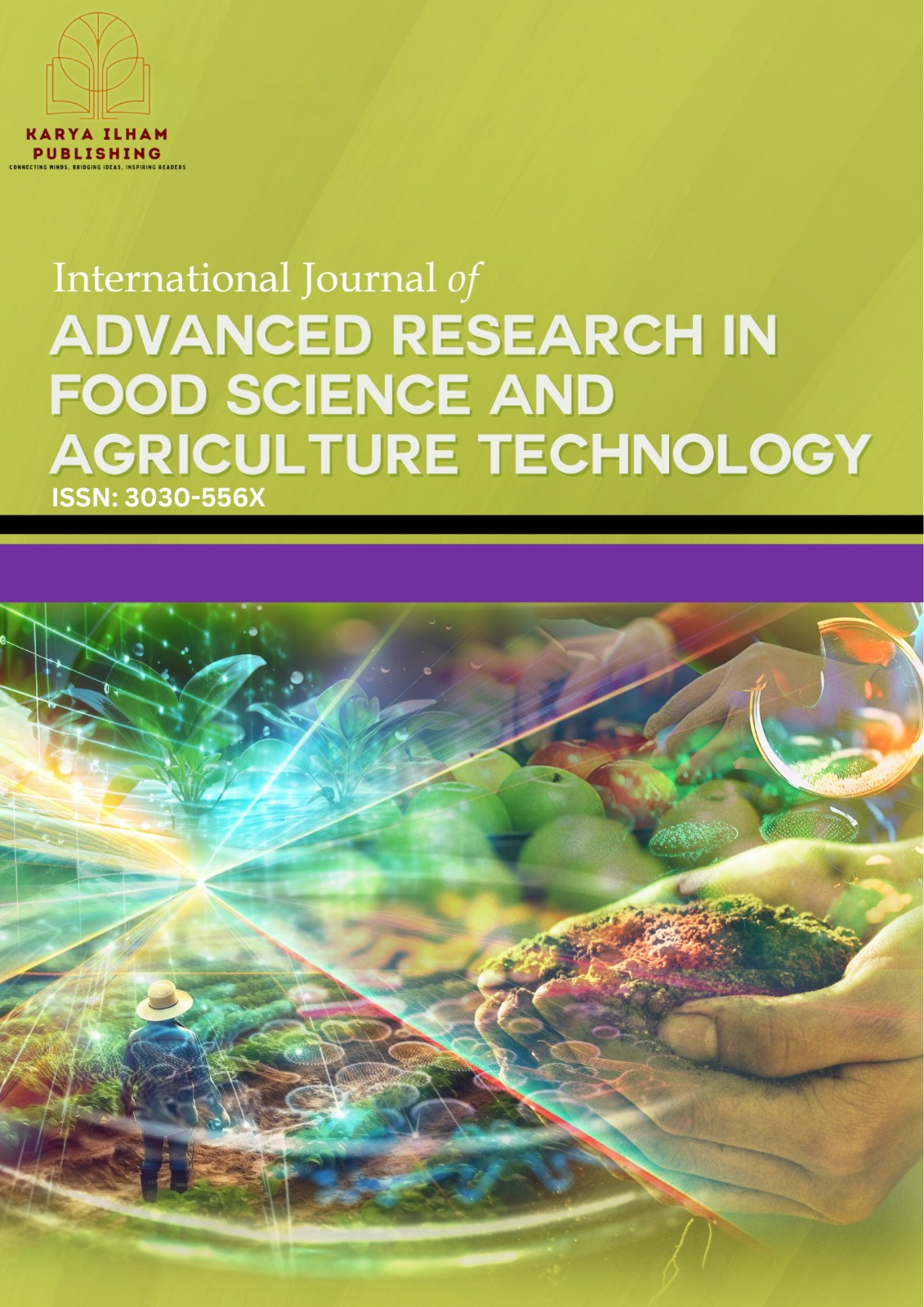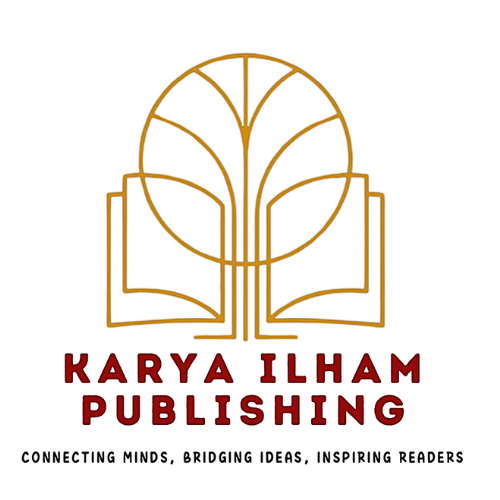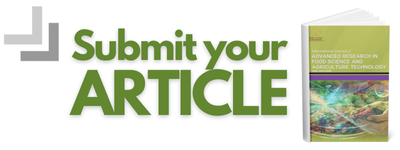Evaluating Bioactive Polysaccharides in Marketed Mushrooms: Towards Natural Alternatives to Synthetic Drug
DOI:
https://doi.org/10.37934/fsat.5.1.4359Keywords:
Bioactive compounds, commercial mushrooms, phytochemical analysis, synthetic medications, natural alternativesAbstract
Bioactive compounds in mushrooms are recognized for their therapeutic potential and are seen as promising alternatives to synthetic medications, which these synthetic medications may lead to adverse health effects. Commercially available mushrooms are particularly noteworthy for their potential to produce extracellular and intracellular polysaccharides. This research investigates the bioactive compounds in various commercial mushrooms to assess their potential as safer alternatives to synthetic drugs. The study aims to extract and analyze bioactive compounds from different commercial mushrooms, addressing the need for safer medicinal alternatives. Five mushroom types—Monkey mushroom, Abalone mushroom, Yellow oyster mushroom, Enoki mushroom, and Shiitake mushroom, were selected for analysis. Tests were conducted to assess carbohydrate content, antioxidant capacity, and the presence of polysaccharides and phenolics using the Phenol Sulphuric Acid Assay. Phytochemical screenings were also performed to determine the overall phytoconstituents. The Monkey mushroom showed the highest intracellular polysaccharide content, while the Yellow oyster mushroom had the lowest. Additionally, the Monkey mushroom exhibited the highest phenolic content, whereas the Enoki mushroom had the lowest. These results suggest that commercial mushrooms, especially the Monkey mushroom, contain significant levels of bioactive compounds, supporting their potential use as safer alternatives to synthetic medications. Future research should explore the mechanisms underlying the bioactive properties of these compounds and their clinical applications, while expanding the scope to include a broader range of mushroom species and extraction methods.














